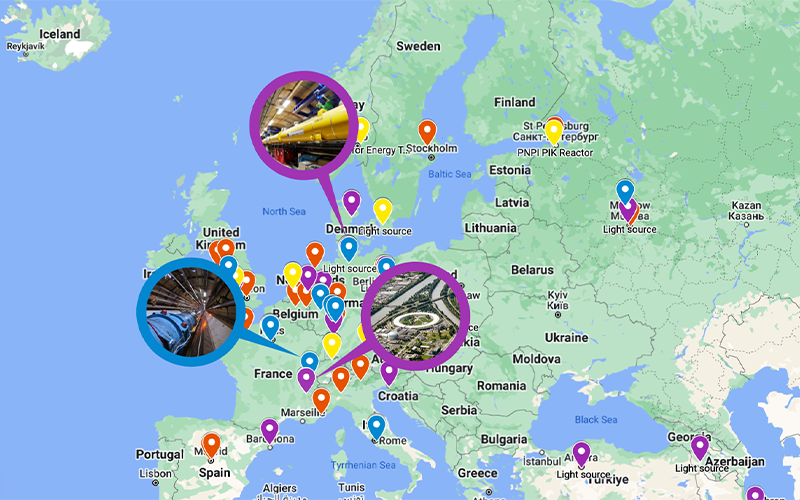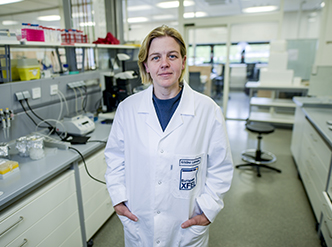
Accelerators are everywhere, perhaps closer than you think…
Did you know that there are more than 30 000 particle accelerators around the world? Where are they, and what are they for?

Article of the week
We live on a blue planet, over 70% of the planet’s surface is covered by water. The ocean provides humankind with oxygen, food, and medicines. It regulates the climate, is a key mode of transportation, is home to an incredible diversity of plant and animal species, and is a place where we can…
Read more
Did you know that there are more than 30 000 particle accelerators around the world? Where are they, and what are they for?

Spinning a yarn: explore the chemistry of wool and use it as a raw material for biobased products through simple hand-on activities.

Seeing is believing, but how can you be sure that what you see is real? Find out how to distinguish between real and fake astronomical images.
We cover a wide range of scientific topics and many articles are additionally available as translations in different European languages.

Explore cutting-edge science and real-world applications.

Discover projects, people, and resources.

Find ideas and teaching materials for classroom activities.
Articles from previous issues

How have scientists been working to tackle COVID-19 during the pandemic? This interview from European XFEL gives some interesting…

Gyro-cars, gymnastic cats and a slow-motion slap in the face. Lucy Patterson spoke to Rudolf Ziegelbecker, an Austrian physics teacher, about how to…

Try your hand at Surfatron, a game that lets students experience the challenges faced by particle accelerator scientists while learning about the physics of waves.
Do you have an engaging classroom activity to share with other teachers? Is there an interesting scientific topic that you could explain to STEM teachers and their students? We welcome submissions from teachers and scientists.
Would you like to help ensure that our content is interesting, inspiring and useful to STEM teachers? Consider joining the Science in School teacher reviewer panel. There is no obligation; just send us an email to express your interest.
If you find an article interesting or useful, perhaps you'd consider translating it into your native language? This really helps to increase the reach of our content so that as many teachers as possible can benefit from it.